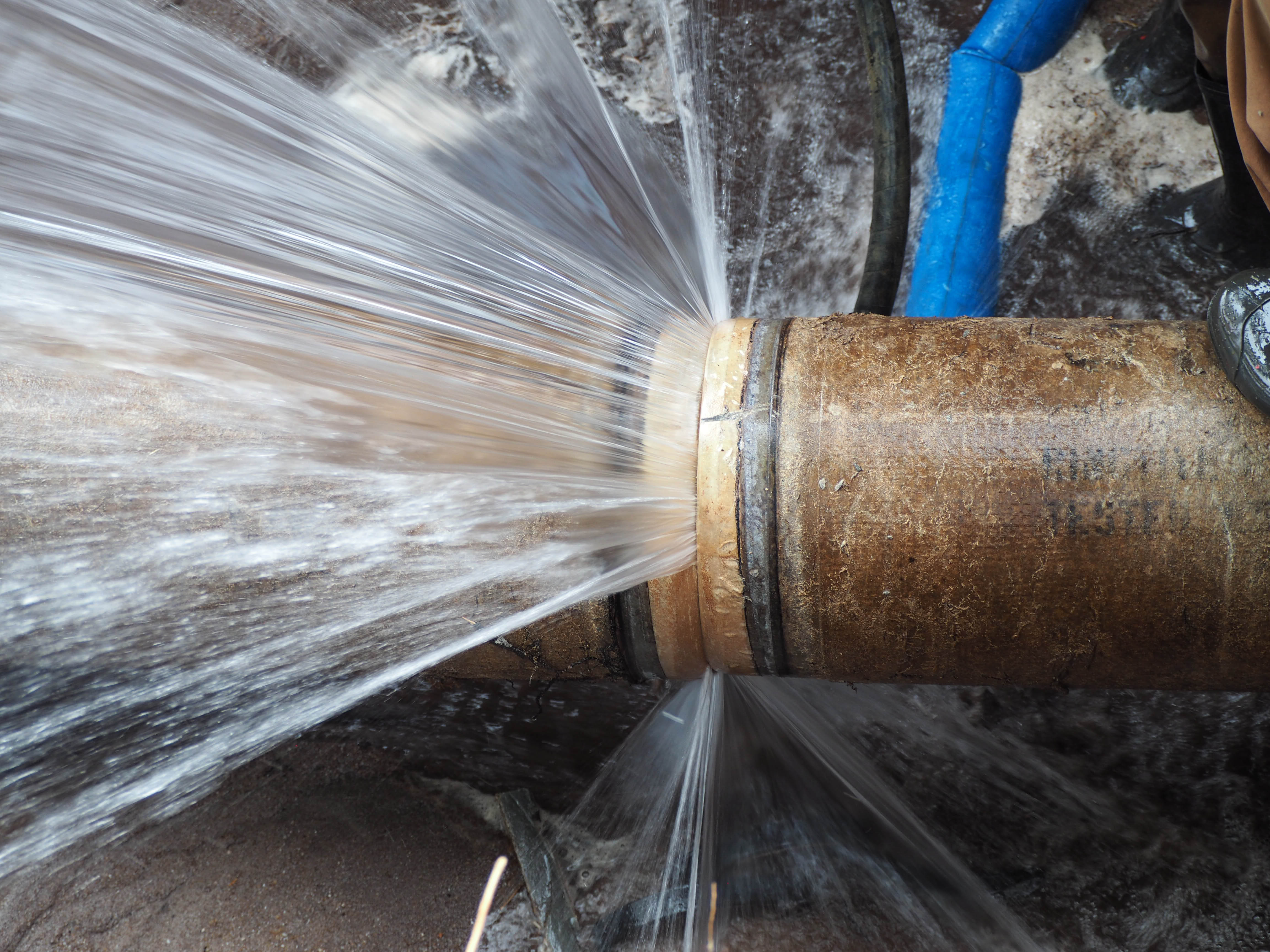Avoid Frozen Plumbing in Cold Weather: Pro Strategies
Avoid Frozen Plumbing in Cold Weather: Pro Strategies
Blog Article
This post listed below pertaining to Winter Plumbing Precautions: Preventing Frozen Pipes is indeed fascinating. Don't skip it.

Cold weather can ruin your plumbing, especially by freezing pipes. Below's exactly how to stop it from taking place and what to do if it does.
Intro
As temperature levels decline, the danger of icy pipes increases, potentially leading to pricey repair services and water damage. Comprehending how to prevent icy pipelines is vital for home owners in chilly environments.
Understanding Icy Pipelines
What creates pipes to freeze?
Pipes ice up when revealed to temperatures listed below 32 ° F (0 ° C) for extended durations. As water inside the pipes freezes, it increases, putting pressure on the pipe wall surfaces and possibly triggering them to break.
Risks and damages
Frozen pipelines can lead to water supply interruptions, property damages, and expensive fixings. Burst pipelines can flooding homes and create considerable architectural damages.
Signs of Frozen Water Lines
Recognizing icy pipes early can prevent them from breaking.
Exactly how to identify frozen pipes
Search for lowered water flow from faucets, uncommon smells or noises from pipelines, and visible frost on revealed pipelines.
Prevention Tips
Protecting prone pipelines
Cover pipelines in insulation sleeves or use warmth tape to safeguard them from freezing temperature levels. Concentrate on pipes in unheated or external areas of the home.
Heating strategies
Keep interior spaces effectively warmed, particularly areas with plumbing. Open cabinet doors to enable cozy air to circulate around pipes under sinks.
Protecting Exterior Plumbing
Yard pipes and outdoor faucets
Detach and drain pipes yard hoses before winter. Mount frost-proof spigots or cover exterior taps with protected caps.
What to Do If Your Pipelines Freeze
Immediate actions to take
If you believe frozen pipelines, maintain faucets open up to soothe pressure as the ice melts. Use a hairdryer or towels taken in warm water to thaw pipes gradually.
Long-Term Solutions
Structural changes
Think about rerouting pipes away from outside walls or unheated locations. Include added insulation to attics, basements, and crawl spaces.
Updating insulation
Purchase high-quality insulation for pipes, attics, and wall surfaces. Appropriate insulation assists keep regular temperature levels and lowers the risk of frozen pipes.
Verdict
Protecting against frozen pipelines calls for positive measures and quick feedbacks. By comprehending the reasons, indications, and safety nets, home owners can protect their plumbing during cold weather.
5 Ways to Prevent Frozen Pipes
Drain Outdoor Faucets and Disconnect Hoses
First, close the shut-off valve that controls the flow of water in the pipe to your outdoor faucet. Then, head outside to disconnect and drain your hose and open the outdoor faucet to allow the water to completely drain out of the line. Turn off the faucet when done. Finally, head back to the shut-off valve and drain the remaining water inside the pipe into a bucket or container. Additionally, if you have a home irrigation system, you should consider hiring an expert to clear the system of water each year.
Insulate Pipes
One of the best and most cost-effective methods for preventing frozen water pipes is to wrap your pipes with insulation. This is especially important for areas in your home that aren’t exposed to heat, such as an attic. We suggest using foam sleeves, which can typically be found at your local hardware store.
Keep Heat Running at 65
Your pipes are located inside your walls, and the temperature there is much colder than the rest of the house. To prevent your pipes from freezing, The Insurance Information Institute suggests that you keep your home heated to at least 65 degrees, even when traveling. You may want to invest in smart devices that can keep an eye on the temperature in your home while you’re away.
Leave Water Dripping
Moving water — even a small trickle — can prevent ice from forming inside your pipes. When freezing temps are imminent, start a drip of water from all faucets that serve exposed pipes. Leaving a few faucets running will also help relieve pressure inside the pipes and help prevent a rupture if the water inside freezes.
Open Cupboard Doors
Warm your kitchen and bathroom pipes by opening cupboards and vanities. You should also leave your interior doors ajar to help warm air circulate evenly throughout your home.

Hopefully you enjoyed our part about 6 Ways to Prevent Frozen Pipes. Thanks a ton for taking the time to browse our piece of content. Are you aware of another individual who is fascinated about the subject? Feel free to promote it. Thanks for your time invested reading it.
Find Out More Report this page